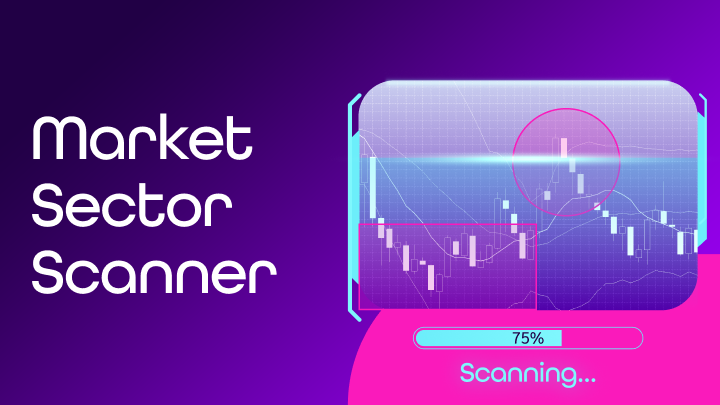Maximum risk on open trades and why it matters
Risk management is the foundation of every long-term successful trader. That’s why at Fintokei we make sure your total risk on open trades never exceeds 3%. It’s a safety net. It helps you survive a series of losses, keep your account secure, and grow step by step – just like our Fintokei Stars do.

On Wall Street, they say: “You’re not a trader, you are a risk manager.” And they’re right. Trading isn’t about who hits the biggest home run. It’s about who can protect their capital and stay in the game long enough to grow.
That’s exactly what we want for you – to grow, learn, and improve your results. That’s why all our accounts come with one clear rule: the maximum risk on open trades is capped at 3% of your account balance. If you exceed it, you’re exposing yourself to unnecessary risk of losing the account and having to start the challenge all over again. And honestly? That’s avoidable.
Many traders don’t even realize it – they just open a position without a stop-loss and suddenly they’re in trouble. That’s where Fintokei steps in. We’re here to stop you in time, send a warning, and guide you back to sustainable trading.
FREE E-book: How to start with prop trading
Discover the secret to the discipline that turns everyday people into well-paid pro traders. Learn how prop trading works – and how you can start your own journey.
Recommended risk: 0.5–1%
This is the golden standard. Our Fintokei Stars confirm it. Read any of their interviews and you’ll see: almost all of them follow the same principle as the best traders in the world – risking only 0.5–1% of the account per idea.
👉 Why it works:
- you can survive a series of losses
- it forces realistic trade planning (your trading plan helps with this too)
- it builds the consistency we’re looking for
Maximum risk: 3%
Courage and recklessness aren’t the same thing. At Fintokei, we don’t punish brave traders – we guide the reckless ones. A seasoned trader with a clear plan can handle even aggressive techniques. But a less experienced trader who fires off random positions chasing a quick win? That’s a whole different league.
That’s why we keep the maximum risk on open trades under 3% at all times.
How do we calculate it
- If you’ve set a stop-loss, we use it.
- If you haven’t, or if your stop-loss is set too far away, we calculate the risk based on how the market typically moves during that trading session.
👉 Example: you set a stop-loss that would equal a 4% loss, but our volatility-based calculation shows 2%. For us, those 2% are what count.
What happens if you exceed it
If your open trade risk crosses 3%, we’ll send you a warning. If it happens again, you may fall under stricter Consistency rules. But you won’t lose the account.
And this isn’t about punishment. It’s about making sure your strategy can actually work in real markets – without blowing up an account with a single shot.
Imagine walking a rope…
Think of it like walking on a rope high above the ground. A stop-loss is the safety net you’ve stretched below you. If you fall, it catches you.
But what if the net isn’t there? In that case, we look at how much the rope usually sways in the wind. We measure its swings and say, “Okay, this is how far you might fall at worst.”
That’s how we calculate your real risk. It’s our way of protecting traders from a one-time collapse. Because our mission isn’t to reward lucky shots. We want to see who can survive – and thrive – in the long run.
Unleash your trading potential on Fintokei accounts too!
Why a daily loss limit isn’t enough
You might think: “But we already have a daily drawdown limit, right?” Yes, that protects your account as a whole. And it only records losses that have already happened.
The maximum risk on open trades is different – it protects against what could happen. It ensures that one single trade or idea can’t wipe out your account in an instant.
Breaking the daily loss limit means the game is over. Breaking the maximum open trade risk is an early warning: “This trade could take you there if you’re not careful.”
It’s basically a safeguard against:
❎ all-in trades with heavy leverage
❎ one-off bets
❎ luck-based strategies
One final tip
You don’t need to risk the maximum to prove you’re a good trader. What matters is proving your strategy can last through more than just a few lucky shots.
The best traders don’t obsess over how much they make in a single trade. They see profitability as a process – a chain of small, consistent wins. No oversized jackpots.
And the real masters? They’re the ones who can control their losses even in the wildest markets. By protecting the account, they can always return to their winning routine once the storm calms down.
👉 stay under 1% risk per trade
👉 keep control and stick to your plan
👉 focus on the long game, not short-lived fireworks



